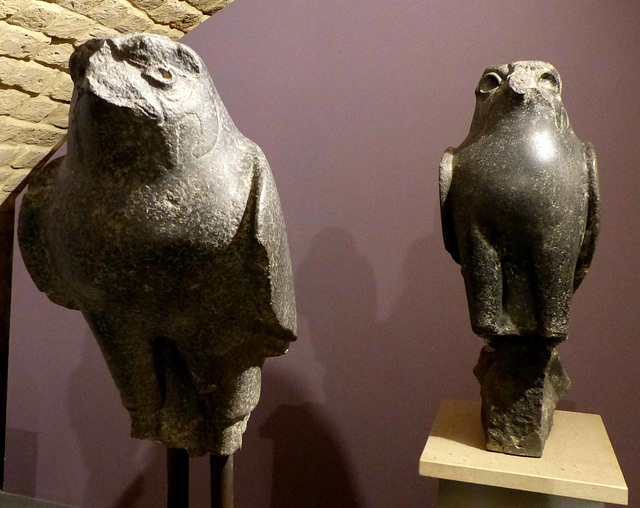Benevento - Sant'Ilario in Port'Aurea
Pistoia - Palazzo di Giano
Pistoia - Battistero di San Giovanni in Corte
Benevento - Museo Arcos
Benevento - Teatro romano
Benevento - Teatro romano
Benevento - Museo del Sannio
Benevento - Museo del Sannio
Benevento - Museo del Sannio
Benevento - Museo del Sannio
Benevento - Santa Sofia
Benevento - Santa Sofia
Benevento - Santa Sofia
Benevento - Santa Sofia
Benevento - Santa Sofia
Benevento - Santa Sofia
Benevento - Santa Sofia
Benevento - Santa Sofia
Benevento - Santa Sofia
Benevento - Santa Sofia
Benevento - Santa Sofia
Benevento - Santa Sofia
Benevento - Santa Sofia
Benevento - Santa Sofia
Benevento - Santa Sofia
Benevento - Santa Sofia
Benevento - Santa Sofia
Benevento - Santa Sofia
Benevento - Arco di Traiano
Benevento - Duomo
Benevento - Duomo
Benevento - Duomo
Benevento - Duomo
Benevento - Duomo
Benevento - Duomo
Location
Lat, Lng:
Lat, Lng:
You can copy the above to your favourite mapping app.
Address: unknown
Lat, Lng:
You can copy the above to your favourite mapping app.
Address: unknown
See also...
Keywords
Authorizations, license
-
Visible by: Everyone -
All rights reserved
-
43 visits
Benevento - Museo Arcos


Due to its location and importance, Benevento was an important base for Roman rule in southern Italy for centuries. After the expansion of the Lombards, Benevento became the seat of Lombard dukes but repeatedly fell into dependence on the Franks and the German emperors. In 840, Benevento was occupied by the Muslims for a few years. The city has been the seat of the Archbishopric of Benevento since 969. In 1047 it fell into the hands of Norman princes with the exception of the city, which Emperor Henry III gave to Leo IX in 1053. In the 11th and 12th centuries, four councils were held in Benevento.
On February 26, 1266, in the Battle of Benevento, the Hohenstaufen Manfred, natural son of the Holy Roman Emperor Frederick II, was defeated by Charles of Anjou, after which the latter seized Apulia, Sicily, and Tuscia.
In the 2nd century BC, the cult of Isis became popular in Egypt and spread throughout the Roman Empire. A center of the cult developed in Benevento. Already in the 19th century Egyptian artifacts were found several times. In 1903, several statues of Isis were found at the foot of a Longobard wall, which had been used as fill material for the wall's foundation. Even after 2000, more Egyptian artifacts were found during construction work.
This is how the Egyptian section of the Museo del Sannio was founded. It is located in the Arcos Museum.
On February 26, 1266, in the Battle of Benevento, the Hohenstaufen Manfred, natural son of the Holy Roman Emperor Frederick II, was defeated by Charles of Anjou, after which the latter seized Apulia, Sicily, and Tuscia.
In the 2nd century BC, the cult of Isis became popular in Egypt and spread throughout the Roman Empire. A center of the cult developed in Benevento. Already in the 19th century Egyptian artifacts were found several times. In 1903, several statues of Isis were found at the foot of a Longobard wall, which had been used as fill material for the wall's foundation. Even after 2000, more Egyptian artifacts were found during construction work.
This is how the Egyptian section of the Museo del Sannio was founded. It is located in the Arcos Museum.
- Keyboard shortcuts:
Jump to top
RSS feed- Latest comments - Subscribe to the comment feeds of this photo
- ipernity © 2007-2024
- Help & Contact
|
Club news
|
About ipernity
|
History |
ipernity Club & Prices |
Guide of good conduct
Donate | Group guidelines | Privacy policy | Terms of use | Statutes | In memoria -
Facebook
Twitter

Sign-in to write a comment.